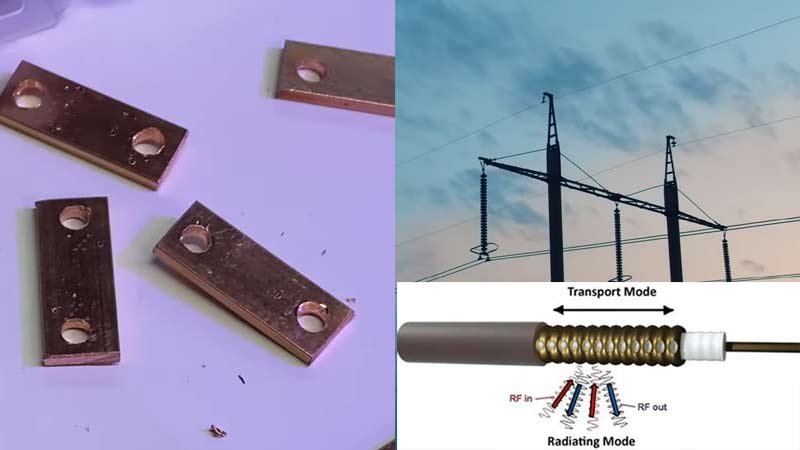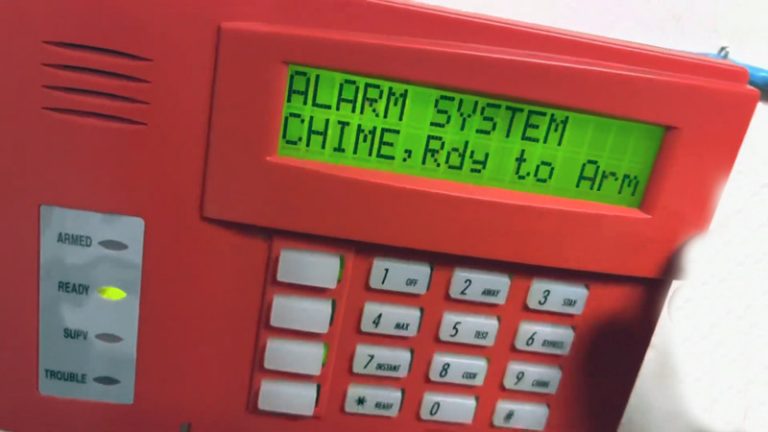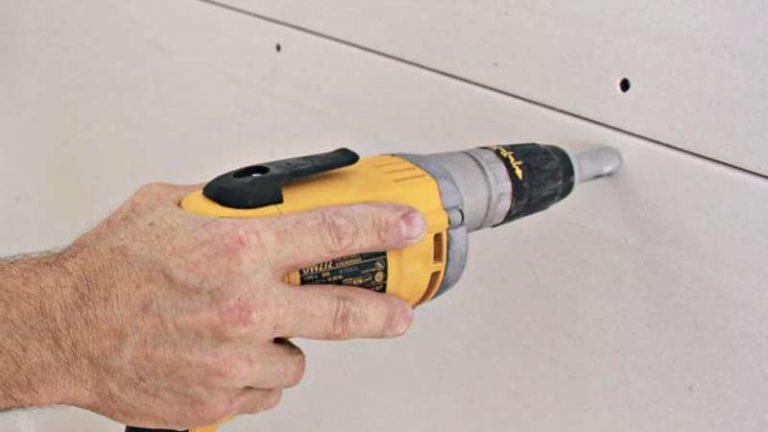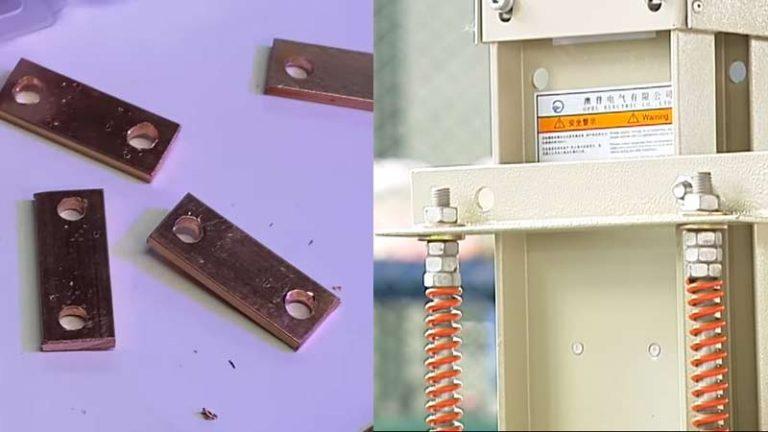What Is The Difference Between Feeder And Busbar

A feeder is a device that helps to distribute electrical power quickly and efficiently. They are commonly found in industrial, commercial, and residential applications.
The feeder connects to a busbar so the electrical power can be distributed easily.
You'll Learn About
What Is The Difference Between Feeder And Busbar?
Feeders are essential for distributing electrical power quickly and efficiently. They can be found in a variety of applications, including industrial, commercial, and residential zones.
The feeder is connected to a busbar which manages the flow of electricity to your appliances or devices.
The feeder is Connected to a Busbar
A feeder is a device that controls the flow of electricity from one circuit to another. Feeders are used in factories, schools, and office buildings to protect equipment from damage by sparks or arcs caused by faulty wiring.
They’re also used in churches, synagogues, and other places where there’s a risk of fire. A busbar is a metal bar with terminals at each end that feeds power into electrical circuits automatically It can be found on switchboards, panels, and control rooms in industrial plants
Feeder Controls the Flow of Electrical Power
A feeder is a device that controls the flow of electrical power to devices connected to it. Busbars are the main components of feeders and they provide the necessary connections between different parts of a system.
They also help in distributing the load evenly and prevent overloads from happening on any one part of a circuit. Feeders come in several shapes and sizes, depending on what needs to be done with the electrical power they produce.
Some common applications for feeders include:
- Apron Feeders.
- Belt Feeders.
- Drag and Reclaim Feeders.
- Reciprocating / Plate Feeders.
- Scalper Feeders.
- Wobbler Feeders.
- Vibrating Pan Feeders.
- Vibrating Grizzly Feeders.
Found in industrial, commercial, and residential applications
Feeders and busbars are both commonly found in industrial, commercial, and residential applications. Busbars prevent electrical sparks from occurring by grounding the conductor during installation or repair work.
They also provide a communication pathway for power between two points in an installation or system. Feeders distribute power to devices such as motors and lamps using flexible hoses connected at either end to a switch box or panel cabinet.
Both feeders and busbars come in various sizes, colors, shapes, and ratings for your specific application.
What is a busbar used for?
A busbar is electrical wire support used in the construction of power lines and transmission lines. They are made from metal or plastic strips that are welded together to form a grid.
Busbars help keep the wires straight and prevent them from touching each other, which can cause sparks. Busbars are used to distribute current and can be found on electrical panels. They’re often used in conjunction with circuit breakers to protect them from overloads.
Busbars have no insulation, so they can easily be damaged if not properly protected. In addition, busbars may also be enclosed by a separate enclosure for added protection. When overloaded, busbars may cause sparks which could potentially injure people nearby or damage other equipment within the vicinity of the busbar overload.
If your electrical panel is not properly installed or maintained, you may experience problems such as power outages and blown fuses due to the overloading of bus bars on your electrical system. By understanding what a busbar is and how it works, you’ll be able to better maintain and install your own electrical systems.
What is feeder and bus definition?
The feeder and bus systems in a car help distribute the fuel and air to all of the engine’s cylinders. If one of these systems is damaged or faulty, it can cause problems with the engine.
Feeder buses are a type of transit service that connects you to various neighborhoods in the same estate. They operate from MRT stations and interchanges and usually stop within the estate in which it’s located.
There are feeder buses that go to specific areas within an estate, such as industrial areas. These types of buses have a signboard that indicates their destination so passengers can make informed choices about when they want to take them.
Certain types of transit passes are necessary for use with feeder bus service. These include SBS Transit Passes and SMRT Monthly Passes. The fare costs vary depending on the age of the passenger, time of day (day or night), and the number of transfers made during their journey.
Depending on your location, there may be different feeder bus services available. For example, if you’re near an interchange or MRT station with multiple routes going through it. In this case, you’ll need to consult your nearest public transport authority for more information on what kind of route is closest to where you live/work.
What is a electrical feeder?
An electrical feeder is a transmission line that transmits power from a generating station or substation to the distribution points. Feeders are used in power systems and deliver electricity from the source to where you need it.
A feeder line can be long, depending on the needs of your system. You may find feeders at local home improvement stores or online retailers like Amazon. If you have any questions about an electrical feeder, contact your electrician.
What is the difference between bus bar and transmission line?
Bus bars are used in high voltage electrical equipment, such as switches and distribution units. Transmission lines transport electricity over long distances.
A switch yard is a location where high voltage electrical equipment is kept safe and organized. Electrical switch yards also include distribution units that distribute the power to your home or office buildings.
Finally, transmission lines can be divided into two types: bus bar and overhead line systems.
Why is it called a bus bar?
A busbar is a metal bar that helps carry currents in electrical systems. It is derived from the Latin omnibus, which means “for all” or “everybody.” Busbars are often found in systems where there are a lot of current flows.
They can help prevent fires and collisions by preventing electric shocks and arcs between wires. Busbars are usually made out of metal to withstand high amounts of current.
How many types of busbar are there?
There are a variety of busbars available, each with its own unique features and purposes. Main busbars supply power to all other components in your circuit breaker panel, while auxiliary bus bars can provide an alternate path for current in case of a problem or help keep corrosion at bay on the conductors.
Circuit breakers also come in various types and configurations, with isolating switches and relays providing additional protection should something go wrong.
Types:
- Single Bus-Bar Arrangement
- Single Bus-Bar Arrangement with Bus Sectionalization
- Main and Transfer Bus Arrangement
What is difference between substation and feeder?
A substation feeder is used to connect two or more substations and provides stiffness or service continuity for the load supplied from each bus. It may connect two or more substations in parallel.
Substation feeders are available in various sizes and configurations to best meet your needs.
What is feeder in substation?
Feeders are used to transmit electricity from a generating station or substation to distribution points. They carry power over long distances and make it possible to distribute electricity reliably and efficiently.
Feeders can be damaged if they’re not maintained properly, which can lead to major problems for the grid. If something goes wrong with feeders, it can cause major problems for the grid as a whole.
What is a feeder in switchgear?
A feeder line is used to bring power from switchgear to distribution panels. Feeders can be used to deliver electricity to various loads in a building, such as lights and appliances.
Electrical circuits called “feeder buses” link numerous feeders together, depending on the load required. Different types of feeders are necessary for different loads, so it’s important that the correct fuse is installed on the bus line.
You should always consult an electrician if you’re having trouble with your switchgear or feeders.
Is a busbar considered a feeder?
A busbar is a Node Where Different Power System Elements Are Connected and can be considered as a feeder when it transmits power from one point to another.
You may need to replace your busbar if it’s defective, make sure you know what type of busbar your system has before replacing it, and always confirm that all cables are tightly secured before moving on.
Always confirm that all cables are tightly secured before moving to the next step in your installation. If you’re unsure about what busbars or feeders you’ll need for your installation, consult with an expert beforehand.
To Recap
Feeder and busbar systems are used to distribute power in a variety of industrial, commercial, and residential applications. Busbars are generally smaller than feeders, making them more versatile for certain applications.
A feeder is a set of conductors that carry electrical power from the service equipment to a distribution panel, while a busbar is a metal strip or bar that distributes power within the panel. Understanding these components is crucial for designing and maintaining an efficient electrical system.
If you’re troubleshooting electrical problems, you might find it helpful to learn why a contactor works when pushed in. Additionally, understanding how to run a 12v winch on AC power can provide insights into managing electrical loads. For more tips, check out what FTC Trouble Receiver 1 means.





